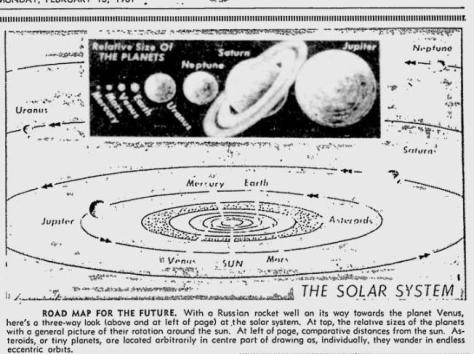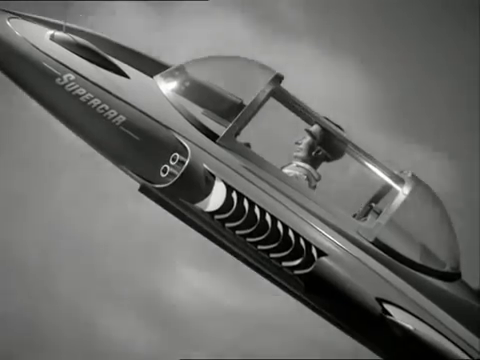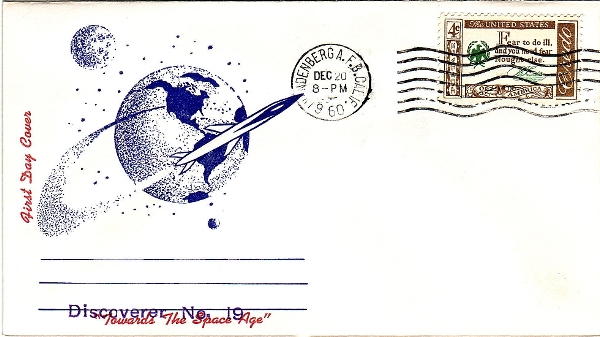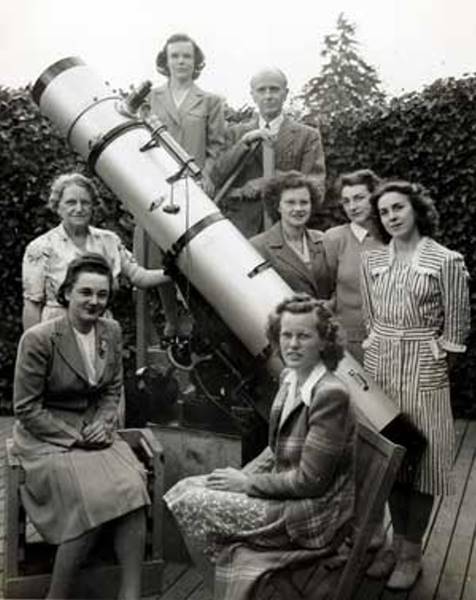February is definitely making up for January's relative paucity of space flights; this week, in particular, has been noteworthy.
I'd held off reporting on NASA's February 16 launch of Explorer 9 since, well, NASA lost it. You see, the satellite's beacon was tracked through half an orbit, but then the signal was lost, and no one could confirm that the thing was still up there. Yesterday, the vehicle was tracked optically, and it looks as if the probe will be able to fulfill its mission.

'What mission?' you ask. Explorer 9 is a big, polka-dot balloon. Unlike Echo, whose main purpose is to bounce communications signals across continents, Explorer 9 is an incredibly simple experiment. By tracking the path of the balloon, scientists can tell a great deal about the air density of the upper atmosphere and the effect of the sun and solar wind thereon. They will also be able to refine their gravity maps of the world by tracing the satellite's dips and rises as it travels. It is the very simplicity of this satellite that allows it to function even without a functioning beacon. As for the polka-dots, they are designed to help regulate the temperature of the 11-foot wide aluminum/mylar sphere.
Perhaps more exciting than the satellite itself is the rocket that launched it. It was a cheap, civilian-made, four-stage, solid-fuel rocket called Scout. The exciting bit is that it's the first purpose-built booster that isn't a knock-off of a missile (technically, that honor might go to Vanguard, but it traces its origins to the Viking sounding rocket, itself an evolution of the V2). It's cheaper than the military missiles, too. This launch is actually the second try of the Scout and balloon sat, the first ending in failure during ascent back in December. The mission also marks the christening of a new orbital launch facility at Wallops Island, Virginia. That base has been a sounding rocket pad for a long time, but now it joins Cape Canaveral and Vandenberg Air Force Base as an origin for true spaceflight missions.

In other news, the Air Force launched its twentieth Discoverer yesterday atop a Thor Agena rocket of decidedly military origin. Once again, the capsule-return probe went into polar orbit, the kind that is best for espying global weather conditions…or enemy army bases. The flyboys plan to wait an unprecedented four days to recover the capsule, which reportedly contains emulsions for detecting radiation, and probably also for catching a glimpse of Khruschev's new Model A. More on that as it crosses my desk.
In the meantime, I'm finishing up this month's IF, and picked up a recent reprint of A.E.Van Vogt's The War against the Rull. We'll see if I get those reviews done before the next space spectacular.






























